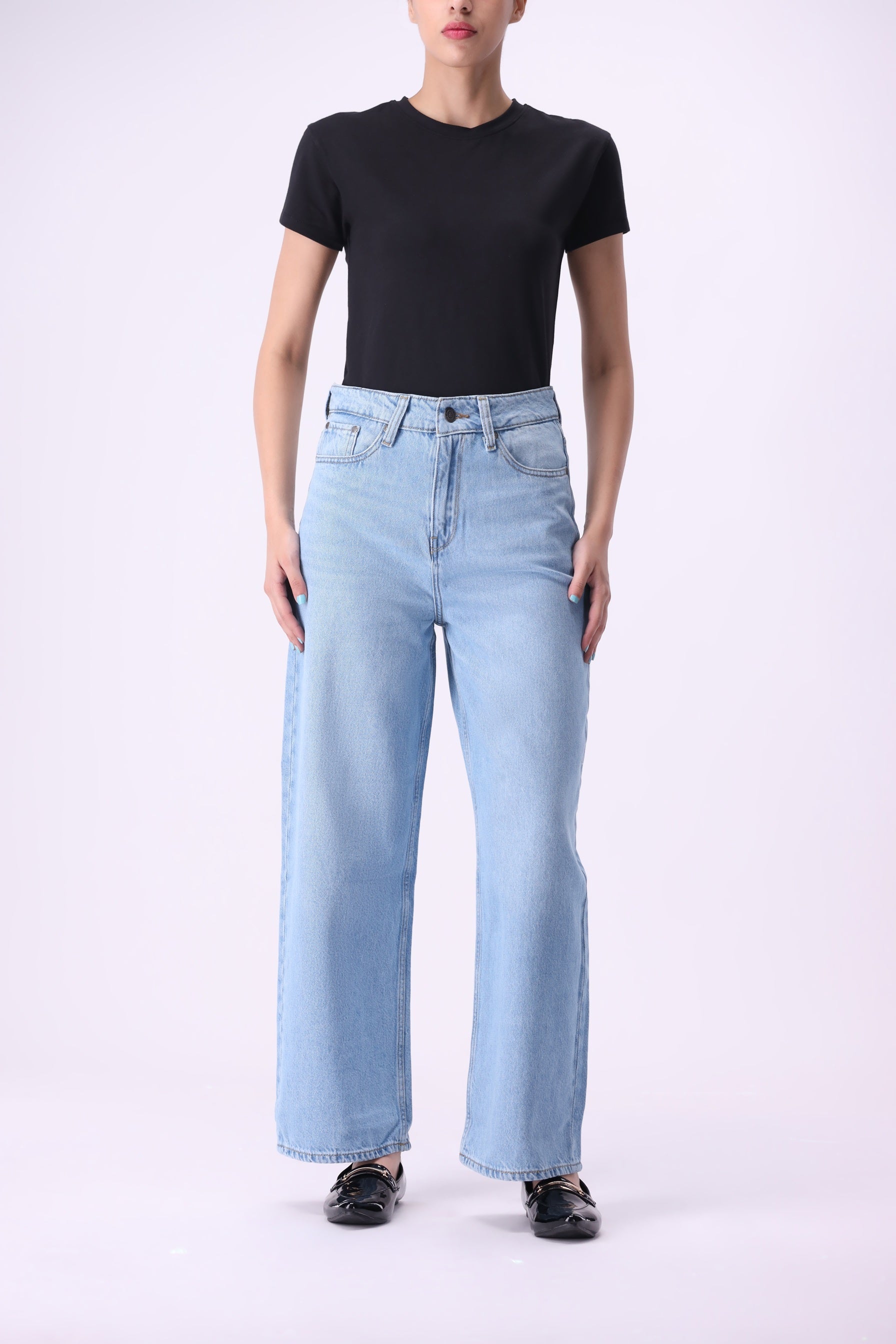How Many Jeans End Up in Landfill?
Why Circularity Is a Practical Option
The Problem
Nearly 22 years of my life have been devoted to shaping global policy frameworks to address climate and environmental risks. From negotiating the Paris Agreement to establishing the Sustainable Development Goals (SDGs), and helping to set up global funds like the Green Climate Fund and the Adaptation Fund — I have seen firsthand the value of global action.
But I have also learned a humbling truth: policy frameworks alone are not enough. They set objectives and provide direction, but what matters most are the everyday decisions we make that rarely get measured against climate or environmental risks. Chief among these is what we buy, wear, and eventually discard. It is in this spirit that I see the purpose of the ReBearth™ Programme at Bear & Birches.
Fashion and Everyday Choices
Fashion, whether we admit it or not, is inescapable. Every garment we buy, every outfit we put on, is a statement — sometimes deliberate, sometimes unconscious. Even children feel it early; I remember my own kids, not yet teenagers, already caring about how clothes made them look and feel. Fashion, in its simplest form, is woven into human nature.
And because it touches everyone, fashion has an immense environmental footprint. According to the United Nations Environment Programme, the global fashion industry generates about 92 million tonnes of textile waste annually. Of this, only a fraction is reused or recycled; the overwhelming majority ends up in landfills or is incinerated.
In the United States alone, the Environmental Protection Agency reports that over 11 million tons of textiles were landfilled in a single year. Jeans — one of the most widely owned garments in the world — are inevitably part of this waste stream. While few global statistics break denim out as a separate category, its ubiquity tells us that a significant share of this waste is denim.
Why Jeans End Up in Landfills
-
Shortened lifespans. Fast fashion cycles encourage rapid turnover. On average, clothing is worn fewer times before being discarded than in the past (Ellen MacArthur Foundation, 2017).
-
Fiber complexity. Many modern jeans use cotton blended with elastane or polyester. These blends complicate recycling.
-
Limited infrastructure. Globally, less than 1% of textiles are recycled into new clothing fibers.
-
Low disposal costs. In many countries, it is still cheaper to landfill or incinerate textiles than to recycle them.
Why Circularity Offers Hope
The numbers are daunting, but they also highlight the path forward: circularity. Circular fashion isn’t about perfection overnight — it’s about designing systems that minimize waste, extend lifespans, and recover value.
For denim, circularity means:
-
Use longer. Design jeans to endure, and encourage customers to care for and repair them.
-
Make to be remade. Use fabrics and trims that can be recycled, and avoid unnecessary complexity.
-
Recover at end-of-life. Create pathways for jeans to be collected, sorted, and recycled instead of discarded.
The Bear & Birches Approach
As a young brand, we cannot solve every challenge in global textile waste. But we can take meaningful steps:
-
We produce in small batches, avoiding excess inventory and waste.
-
We source fabrics thoughtfully — combining durability, comfort, and lower-impact fibers like BCI cotton, organic cotton, and Tencel™.
-
Through ReBearth, we invite customers to return worn-out jeans of any brand. These are sent to advanced recycling partners to be broken down into raw materials, avoiding landfill and supporting new cycles of use.
Each returned pair strengthens our ability to scale circularity. Each purchase of jeans built to last reduces the churn of constant replacement.
Why Every Step Matters
Denim has always been about endurance — from its origins as rugged workwear in the 19th century to its status today as a global wardrobe staple. But endurance in the 21st century must mean more than toughness. It must also mean responsibility to the planet.
Circularity is not an abstract idea. It is a practical, necessary response to the reality of waste. Every small step — a better fabric, a longer lifespan, a take-back program — adds up. With the participation of brands, suppliers, and customers, jeans can remain not only a symbol of style, but also a symbol of sustainability.
Join the Movement
👉 Learn more about our ReBearth™ Program
👉 Explore more essays in the Responsible Denim Journal




Leave a comment
All comments are moderated before being published.
This site is protected by hCaptcha and the hCaptcha Privacy Policy and Terms of Service apply.